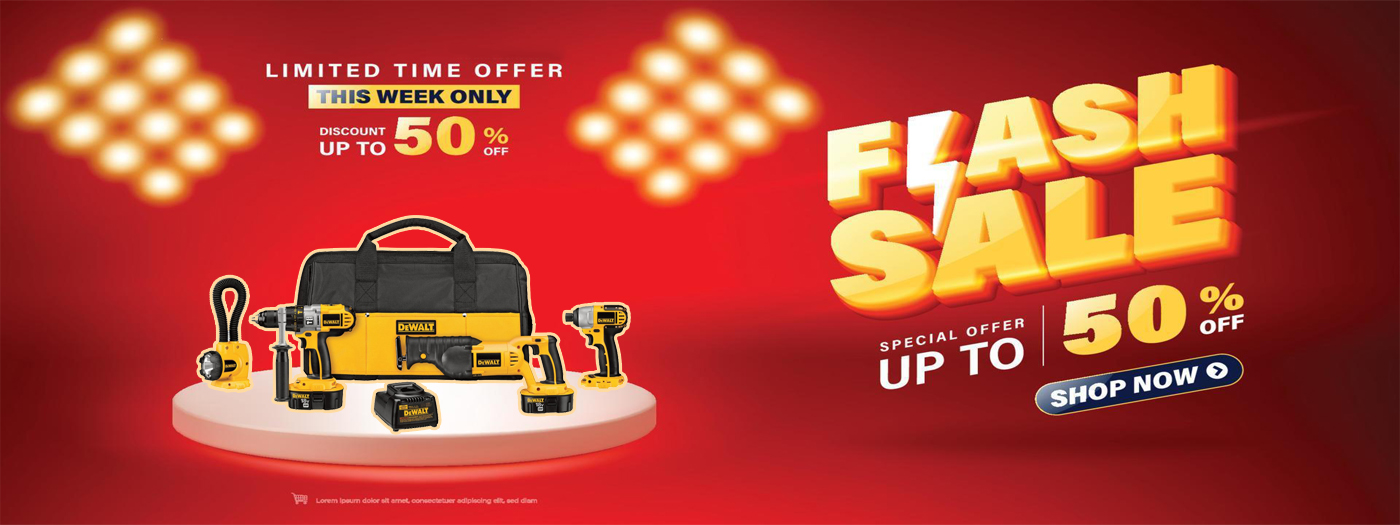 Loading... Please wait...
Loading... Please wait...- Home
-
Article
- Five Must-Know Landscape Equipment Trends for 2025
- Hydraulic Innovations: What’s New in the Industry for 2025
- Top Innovative Lawn Care Tools and Smart Technologies to Explore in 2025
- New Construction Technology Launches: October 2025
- Brand Spotlight: Powermatic Machinery
- 10 Best Tools Found on Atlas Depot Machinery for Woodworking
- Return Policy
- About Us
- Contact Us
Categories
Five Must-Know Landscape Equipment Trends for 2025
The Future of Outdoor Power Tools: Smarter, Stronger, and More Sustainable
The garden and landscape equipment industry is advancing faster than ever before. As we move through 2025, both professional landscapers and dedicated DIY enthusiasts are keeping an eye on the innovations shaping the next generation of outdoor power tools — from smarter battery systems to sustainable manufacturing practices.
Here are five key landscape equipment trends for 2025 that are redefining performance, sustainability, and convenience for anyone investing in long-lasting garden tools.
Trend 1: High-Capacity Battery Systems Become the New Norm
Battery technology is evolving rapidly. The shift from 18V and 20V tools to 40V and 60V high-capacity platforms is setting a new standard in garden power equipment. Combined with high amp-hour batteries, these systems now deliver runtimes once possible only with gas-powered machines.
For instance, SENIX’s 60V X6 series exemplifies this advancement — offering cordless mowers and blowers that pack professional-grade power without emissions or cables. With this kind of performance, users can handle larger lawns and heavier tasks on a single charge, making battery tools a true replacement for gas equipment.
SEO Focus Keywords: high-capacity battery tools, cordless garden equipment, 60V power tools, outdoor battery platform.
Trend 2: Smart and Connected Garden Tools
The rise of smart technology in lawn and landscape tools is revolutionizing usability and efficiency. Many 2025 models now include Bluetooth connectivity, LED interfaces, and app-based monitoring systems.
Through companion apps, users can track battery levels, maintenance alerts, and performance diagnostics in real time. Advanced power management systems even analyze battery health to extend lifespan and optimize output.
The fusion of software and hardware is creating a new benchmark for user convenience, reliability, and energy efficiency in modern outdoor equipment.
SEO Focus Keywords: smart garden tools, connected power equipment, Bluetooth lawn tools, intelligent battery management.
Trend 3: Sustainable Design and Repairability Take Center Stage
Consumers in 2025 are prioritizing both performance and environmental responsibility. In response, manufacturers are turning toward sustainable materials, modular components, and repair-friendly designs.
Expect to see more recycled plastics, reusable packaging, and replaceable subcomponents that extend tool life and reduce waste. Brands are also offering repair guides and serviceable parts, empowering users to maintain tools longer rather than replace them.
This shift toward sustainable manufacturing and circular design not only supports global green initiatives but also builds trust and long-term brand loyalty.
SEO Focus Keywords: sustainable outdoor equipment, eco-friendly garden tools, repairable lawn tools, green manufacturing 2025.
Trend 4: Ergonomics and Compact Design Drive Comfort
Powerful tools shouldn’t mean heavy, uncomfortable tools. Manufacturers are now prioritizing ergonomic design, making lightweight, balanced, and low-vibration equipment the new industry standard.
Innovations such as soft-grip handles, intuitive control layouts, and smart weight distribution make outdoor work easier and less fatiguing — even during long sessions.
Thanks to advances in engineering, high-voltage tools are now lighter than ever, rivaling or even outperforming older, bulkier models.
SEO Focus Keywords: ergonomic landscaping tools, lightweight garden equipment, compact outdoor power tools.
Trend 5: Single-Battery Ecosystems Expand Across Tool Families
The single-battery ecosystem is one of the biggest efficiency trends in 2025. Leading brands like SENIX are offering complete tool lineups — from mowers and chainsaws to snowblowers and trimmers — all powered by the same 60V X6 battery platform.
This unified system means fewer battery types to manage, streamlined charging, and greater value per battery purchase. For both professionals and homeowners, this simplifies tool management while enhancing productivity and convenience.
SEO Focus Keywords: battery ecosystem tools, interchangeable battery platform, 60V garden tool system, outdoor power tool compatibility.
What This Means for Buyers in 2025
If you’re planning to invest in outdoor power equipment in 2025, think long-term. Focus on tool ecosystems, battery performance, and sustainability rather than just individual models.
Choose brands that offer:
-
Cross-compatible battery systems across multiple tools.
-
Smart features for diagnostics, monitoring, and efficiency.
-
Sustainable design that supports repairability and reduces waste.
-
Ergonomic engineering for comfort and control during extended use.
By selecting tools that balance innovation, comfort, and eco-conscious design, you’ll be investing in equipment built for performance, longevity, and sustainability.
Our Top Partners











